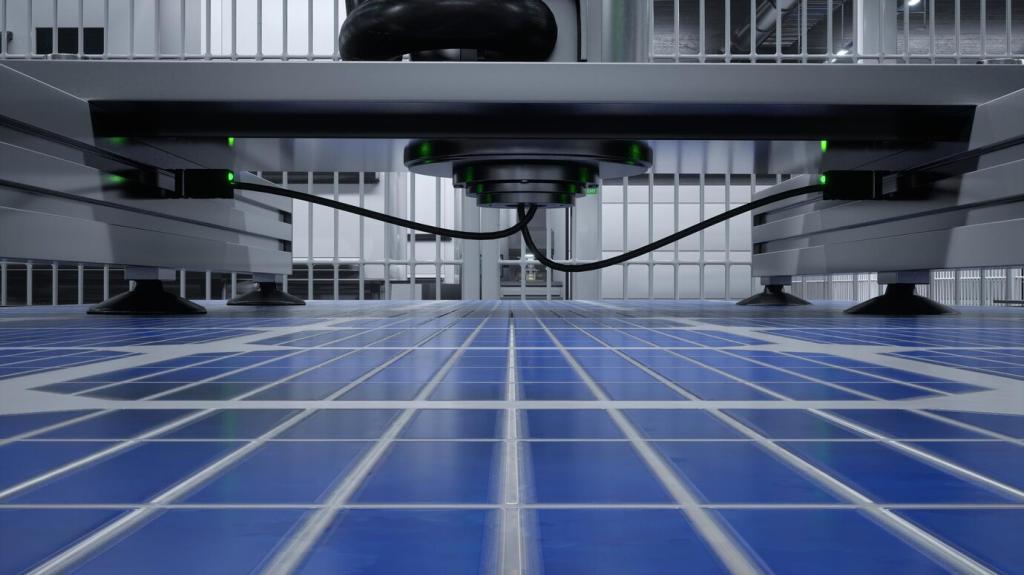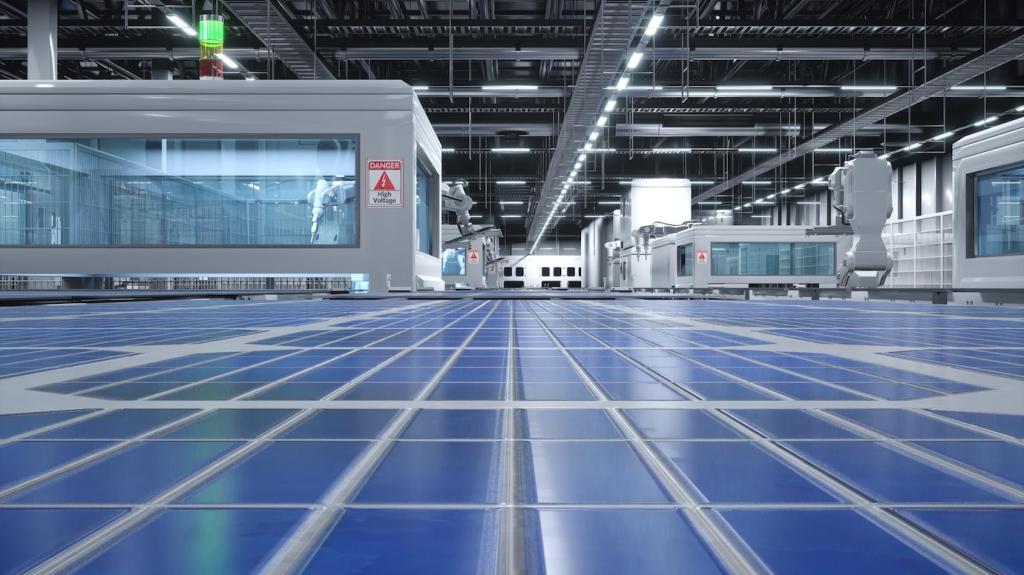Living Smart, Living Green: Innovative Biodegradable Materials for Smart Interiors
Chosen theme: Innovative Biodegradable Materials for Smart Interiors. Step inside a future where walls breathe easier, furniture learns, and every finish gracefully returns to nature when its job is done. Subscribe, comment, and help shape a home that’s clever, comfortable, and truly circular.

From Waste to Worth: The Lifecycle Advantage
Cradle-to-cradle thinking means panels, textiles, and trims made from mycelium, cellulose, and plant-based polymers can be safely composted or biologically cycled. Instead of landfilling yesterday’s decor, you nourish tomorrow’s resources and dramatically reduce embodied environmental impact.
Smart Sensors Meet Compostable Surfaces
Imagine cellulose composite panels with embedded, low-power sensors that track humidity and wear, then signal when a tile should be replaced and composted. Data-driven decisions reduce over-maintenance, extend performance, and minimize electronic waste through modular, easily separable components.
Healthier Air, Happier Habits
Bio-based finishes can cut reliance on high-VOC resins that aggravate allergies and fatigue. Pair them with indoor air quality monitors that nudge gentle ventilation, and your home becomes a coach for healthier routines without the harsh chemical footprints of conventional interiors.



Materials Spotlight: Mycelium, Algae, and Bio-Based Polymers
Grown from fungal networks binding agricultural waste, mycelium panels offer warm, organic textures and excellent sound absorption. A designer shared that swapping synthetic foam for mycelium cut echo in a tiny studio apartment while adding a serene, earthy scent that visitors loved.
Materials Spotlight: Mycelium, Algae, and Bio-Based Polymers
From alginate fibers to algae-based dyes, these materials transform sunlight and carbon into pigments and fabrics. In one pilot, moisture-responsive algae textiles subtly tightened during humid afternoons, easing reliance on active cooling and keeping a reading nook pleasantly comfortable.


Designing for Disassembly and Circular Upgrades
Choose reversible joints, bio-based clips, and low-temperature bonds so panels snap in place and pop out without damage. Avoiding permanent adhesives means fewer messy demolitions, cleaner material streams, and faster updates when your smart home evolves or your style changes.
Designing for Disassembly and Circular Upgrades
NFC tags or QR codes on the back of a bioplastic tile can reveal its composition, safe cleaning tips, and the right end-of-life pathway. Scan with your phone, follow the guide, and keep recovery effortless and reliable every time.

Testing Standards to Trust
Look for credible metrics: bio-based content verification, acoustic coefficients, and fire performance ratings relevant to your region. Third-party labs and transparent datasheets distinguish genuinely safe, reliable materials from vague sustainability claims that cannot support everyday interior demands.

Moisture, Heat, and Cleaning Realities
Kitchen backsplashes and bathrooms face steam, splashes, and scrubbing. Protective bio-coatings and careful detailing help panels shed moisture while remaining compostable later. Match the right material to the right microclimate, and your interior will age gracefully rather than quickly deteriorate.

Repair and Replacement Loops
Pick brands that design take-back programs and provide spare parts. When a corner chips, replace a single module instead of an entire wall. You’ll keep costs predictable and ensure retired pieces flow into nutrient cycles—or safe, verified recycling streams.

Energy-Savvy Interiors Powered by Nature
Cellulose-based slats can curl slightly as humidity rises, shading rooms without motors. Inspired by pinecones, these passive systems trim cooling loads, let daylight through gently, and introduce a quiet, delightful sense of movement to familiar window frames.
DIY and Maker Pathways
01
Starter kits let you pack cleaned agricultural fibers into a mold, inoculate with mycelium, and watch it knit into shape. After drying and sealing with a breathable bio-finish, you’ll have a lightweight shade ready for an efficient, cool-running bulb.
02
Try compressing husks or straw with bio-binders in a simple heated press to create textured wall tiles. Document thickness, pressure, and time, then share results so others can replicate successes and avoid pitfalls as a community of curious makers.
03
Join forums comparing recipes, mold techniques, and durability tests. Share photos, failures, and breakthroughs. Subscribe for monthly roundups, and tell us which biodegradable experiment you want to see prototyped and measured in our next community lab session.

Choose One Room, One Upgrade
Pick a pilot—perhaps an entryway acoustic panel or a laundry shelf. Track air quality, acoustics, or comfort before and after. Small, measurable wins build confidence and inform larger, smarter, circular transformations throughout your home.

Questions to Ask Suppliers
Request bio-based content percentages, end-of-life guidance, repair options, and test reports. Ask how electronics detach for safe composting. Clear answers reveal partners who support you from installation through graceful, responsible retirement of every component.
